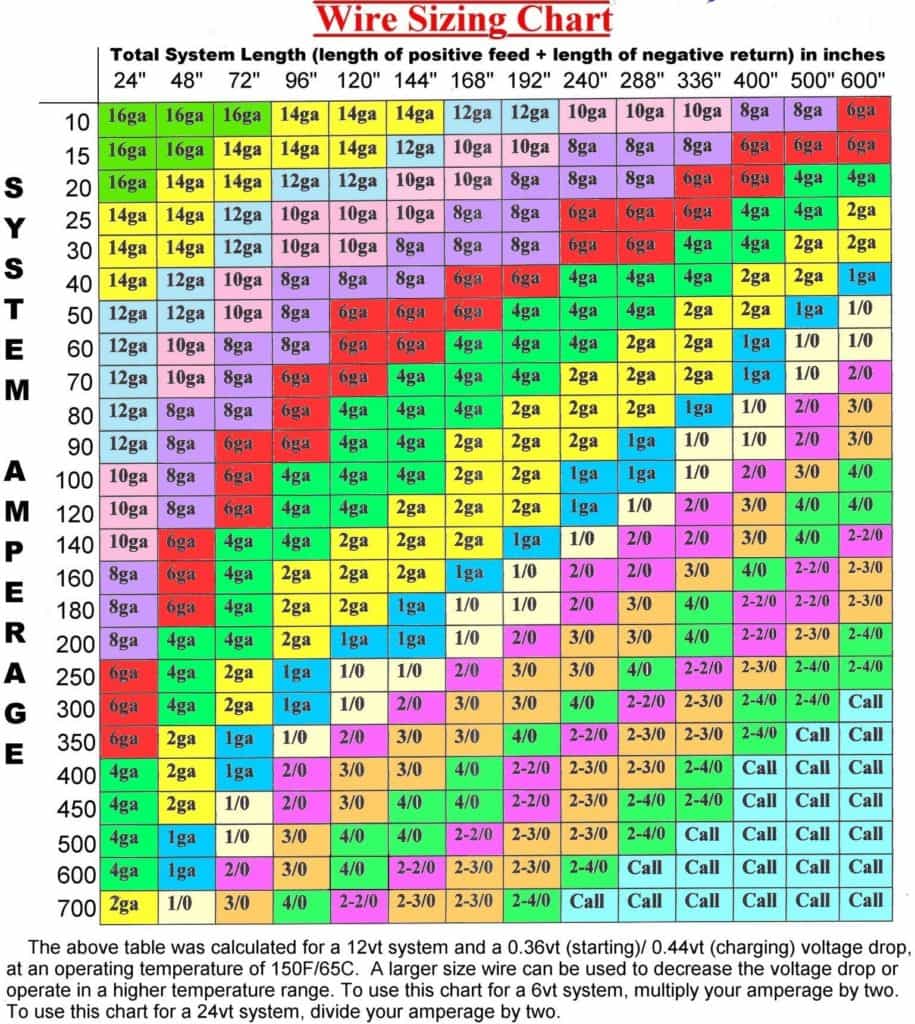

Some people think there's a "3%" requirement in the NEC. ** unless your application is expected to cause rather extreme voltage sag, definitely not the case here. The result is 6cu/4al with 2.29% drop, which is smaller than our "minimum mandatory" size above - so we must use the minimum mandatory. 30A (the typical load we expect to use ordinarily, even this is exaggerated).Heck, let's bump it to 30A just for chuckles. so you dual = Let's bump it to 20A for some headroom. So let's oversize this thing and pretend you're using two common 120/15A at max load of 12A, and you have been halfway intelligent about balancing - putting each load on opposite poles. I don't know about you, but I don't use a garage door opener while using a saw. You specified lights (2A if that), garage door opener (10A very intermittently) and vaguely "some outlets", so inconsequential loads, maybe a 1500W heater or something. It is rated for up to 600-Volt and features aluminum conductors and polyethylene insulation. Actually, you should be doing the voltage drop calc based on your computed loads. 4/0 aluminum wire 2 2 2 4 wire aluminum wire 6/3 service entrance wires 150 ft service entrance wires. However, the classic blunder is doing your voltage drop calculation based on the breaker number. This is a matter of using a larger-than-required wire to minimize voltage sag at the far end. Over 100 feet of run, it's time to think about upsizing the wire to reduce voltage drop. Be smart when you optionally upsize to reduce voltage drop 1 foot (to keep it from upsizing for distance)īy the way, if the circuit was 55A (breaker 60A) that would be #6Cu/#4Al.You get this number by using a quality voltage drop calculator by specifying the breaker amperage and a wire length of 1 foot. There is a mininum wire size which is required based on the circuit breaker rating.

Minimum mandatory wire size is based on the breaker rating


 0 kommentar(er)
0 kommentar(er)
